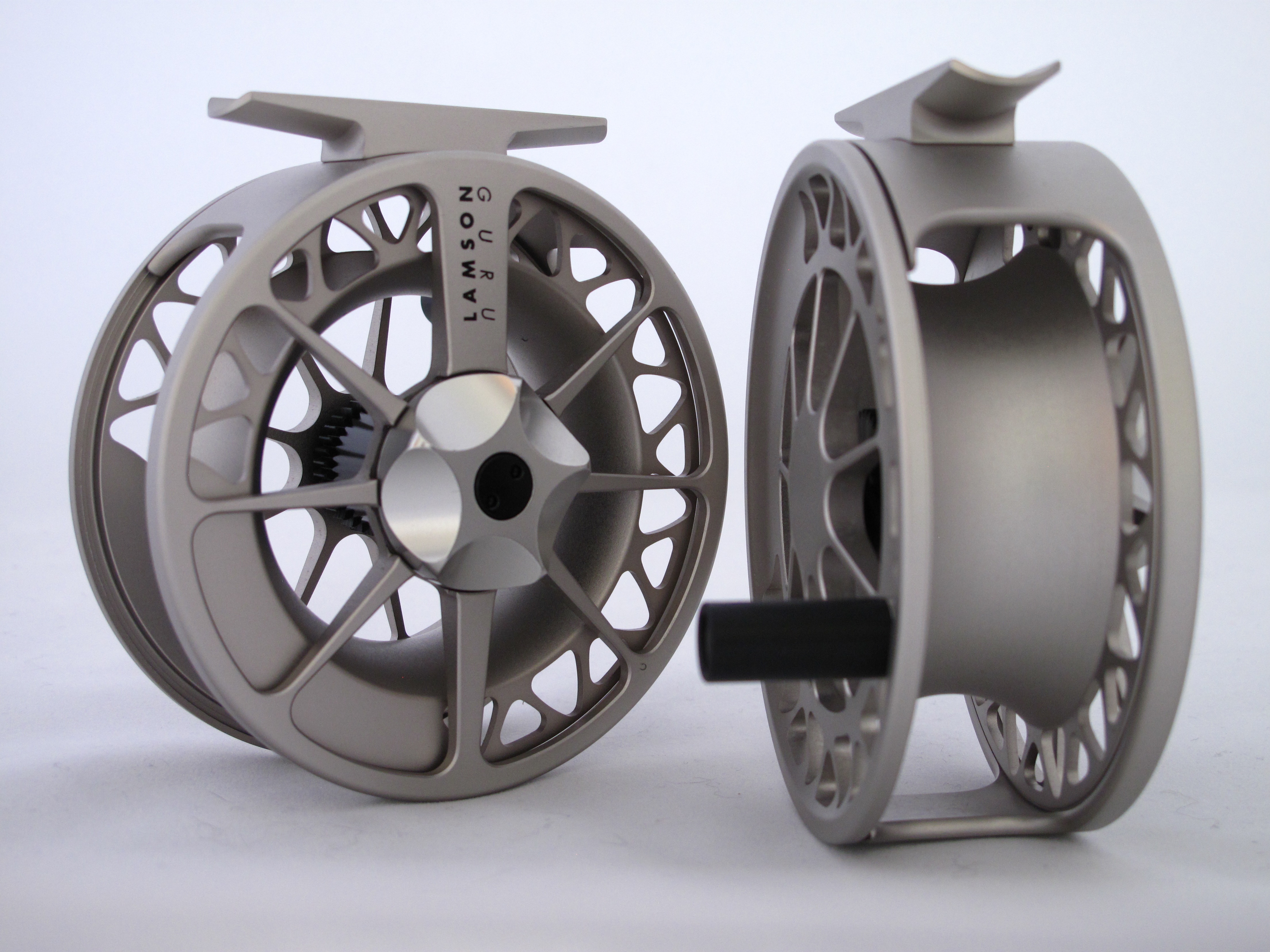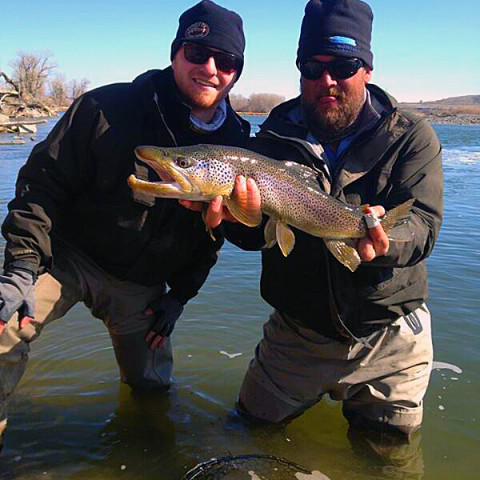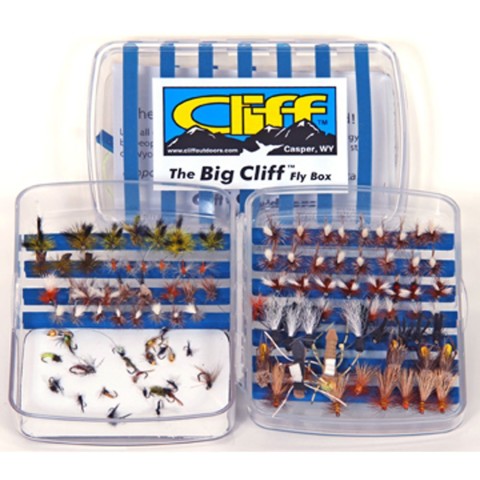
Reels, like rods, come in several price points from inexpensive to, sometimes, pretty expensive. So, how do you know where to begin searching for a reel-y good Christmas present (That was bad, I know).
There are several ways to begin your search. First, determine how much you want to spend on your loved one (maybe your favorite loved one is yourself, then this will be easier).
Second, think of where that loved one likes to fish. Is it small water for small fish? Big rivers for larger fish? Saltwater? What kind of fish do they most often pursue: warmwater species, trout, salmon and steelhead? The answers to these questions will help you find the perfect reel.
If inexpensive is your primary factor then either you’re being a smart, frugal shopper or you may want to call the person for which you’re shopping a liked-one rather than a loved-one. Being honest is always the best choice.
Reels can be broken into two categories a couple of ways: type of drag system and method of construction. Their are two ways to construct a metal reel: pour a cast reel into a mold or cut one from a solid piece of metal (machined).
Cast reels are less expensive than machined reels because machining is more labor intensive. Machined reels are generally cleaner looking than cast ones. But the primary supposed advantage of a machined reel over a cast one is strength of materials. Machined reels are stronger. But 99% of the time that really doesn’t matter. And if you run either type of reel over with your car, you’ll be crushed and so will they. Finally, machined reels tend to be lighter than their cast counterparts.
If the person you’re shopping for is primarily a saltwater fisher then a cheap reel really isn’t an option. Salt water is corrosive, quickly destroying metal that isn’t designed to withstand it. So at the very least, you’ll want an anodized reel with a sealed drag system. These reels are almost always machined.
Anodizing creates a coating on the metal’s surface, through a chemical process, that protects the metal from scratches and dings, but also from salt water. Sealed drag systems prevent sand on other objects from entering the drag and destroying it.
Saltwater fishers and those who fish brawling rivers for salmon and steelhead also need reels with a greater capacity for holding backing and fly line. These big fish have more room to run in their larger watery abodes, and you don’t want your reel to run out of line.
Larger reels with great capacity generally cost more than smaller ones. You’ll also want to make sure the reel has a strong drag with a large surface area. Big fish in big water pull harder and longer than small fish in small water. That makes a reel’s drag system very important for these types of fly fishers.
Knowing all of this, you still don’t have to break the bank to buy a reel for a saltwater or steelhead and salmon fisher. But be aware that it will probably cost at least a couple hundred dollars for a decent reel in this category, though you can spend much, much more if you want to.
There are many more reel options for the trout and bass fisher. I know some fine anglers who insist that a trout reel is little more than a line holder and that drag systems are unimportant. And if you fish small water for small trout, that may be true. But even if you only hope of catching a large trout or bass someday, then your reel’s drag system should at least be considered.
There are two main categories of drag systems: click and pawl and disk drags. There are many types of “disk drags” but for our purposes here we’ll lump them all together.
Click and pawl drags are the simplest type. They are often (but not always) built into inexpensive reels. They basically work like putting a baseball card into the spokes on a bicycle. Only in a reel, the card is meant to cause friction against the spokes, causing the reel to turn slowly thereby tiring a fish. Click-and-pawl reels have experienced a bit of a resurgence lately, particularly in reels designed for small stream fishing. However, for most general purpose reel purchases, you’re going to want to invest in a reel with a disk drag.
Disk drags come in many forms. Just like building a better mouse trap, it seems as though each year another reel company hits the scene with yet another disk drag built a little differently or out of supposed better materials. But all of these reels usually have one thing in common: they cost more. Sealed disk drags generally require less maintenance (cleaning and lubrication).
Reel prices generally run from around $100 to $500 or more, depending upon brand, drag, and cosmetics. Yes, there are reels available from the “big box” stores that cost less than $100, but we don’t recommend them. After all, you don’t want to give your loved one a reel that’s going to go to pieces as soon as he or she hooks into a nice fish. Some reels from companies like Abel and others can be purchased with graphic images built into the finish and this adds to the price.
Next time we’ll look at some specific models from a variety of companies and try to give you the best options to fit your needs and budget.




Leave a Reply
You must be logged in to post a comment.